
Chesterfield Reef is quite a beautiful place. Although there are turtles mating and nesting on the tiny small islands of Chesterfield Reef, as on Huon Reef, the highlight here is the birds. The island across from where we are anchored has a perpetual cloud of birds over it. Going ashore makes the cloud even larger as hundreds of birds take wing and squawk at the interlopers. A thousand more of the smaller birds stay on the ground guarding their eggs or fledgings. Unlike Huon, there are “trees” on most of the small islands. They stand only 5 to 10 feet tall and are filled with gnarled branches, perfect for the nests of larger birds who fear that the crabs will eat theirs eggs or babies. Frigate birds and boobies of an unusual variety (tan heads, blue beaks, pink facial coloring, and bright red feet) nest in the trees. The attached photo is of one of the boobies.
Frigate birds nest in only a handful of places in the world (we visited their nesting site in the Galapagos) and they are incredibly acrobatic flyers. However, it would be easy to despise them. They live only by predation. They cruise slowly at a higher altitude than the boobies and terns, and when the other birds dive into the water and catch a fish, the frigates dive and attack them in a vicious fashion. They go for the wings, forcing the attacked bird to drop its catch and sometimes breaking the wing of the victim. Breaking a wing is certain death. When the victim of the attack drops its fish, the frigate catches the fish even before it hits the ground. The frigates even look evil up close. They have a beak like a vulture and, except when they are still chicks in the nest, they lack the pleasant demeanor of the boobies and terns. Yet, boobies and frigates nest in the same trees, just feet apart.
It has been very windy since we arrived, consistently in the 25-35 knot range. Along with “Wombat of Sydney”, we have been unwilling to anchor close to the islands and fringing reef because of the prevalence of coral bommies. The consequence is that we have about 2 miles of fetch, that is, there are two miles of open water between the nearest protection from waves and where we are anchored, and a considerable wind chop builds up in those 2 miles. The islands with birds are less than one-half a mile away, but they are not in the direction that the wind is blowing.
We were the only boats here when we arrived, but to our amazement, a boat called on the radio the night before last asking for help getting through the pass and into our anchoring area. Entering this place in the dark is just not a reasonable risk in our opinion. Chesterfield Reef is barely charted — almost the entirety of the lagoon area is greyed out in the charts, meaning you are on your own. In the dark, one cannot keep a watch for the coral bommies that litter the area. A boat has to come straight into a 30 knot wind and a steep wind chop to get here from the pass. Sabbatical III, a bigger than average boat, pounded up and down in the seas for the 8 mile trip and averaged less than 4 knots coming into the wind and seas. If a boat pounded onto a coral bommy in these conditions, she would surely be holed. The entering boat was very lucky that Mike of Wombat was willing to guide them to safe anchorage via VHF radio by providing a course into our anchorage that avoided the coral bommies we encountered during our trip in. We tried to follow the boat’s progress on radar but could not pick it up. Turns out it is a small wooden vessel with almost no radar return.
It is now one month since we left Noumea and headed out to uninhabited places. So we have not reprovisioned our food supplies in all of that time, except for the wahoo I caught during the passage here. The wahoo is now gone after providing 5 meals for the two of us. We are down to our last 2 oranges and then it is just canned fruit for us. Still have lots of canned food and frozen meat. Also lots of rice, crackers, chocolate, yogurt (in packets that we make every few days with a yogurt maker) and cereal.
We are looking for a weather window for the trip to Brisbane, Australia. As of now, it looks like Saturday is a good day to start that 3 and one-half day passage. As I write this blog, the wind has fallen to only 20 knots, although the seas are still in the 3.5 meter range outside the reef.
M.
Posted via email from sabbatical3blog’s posterous




















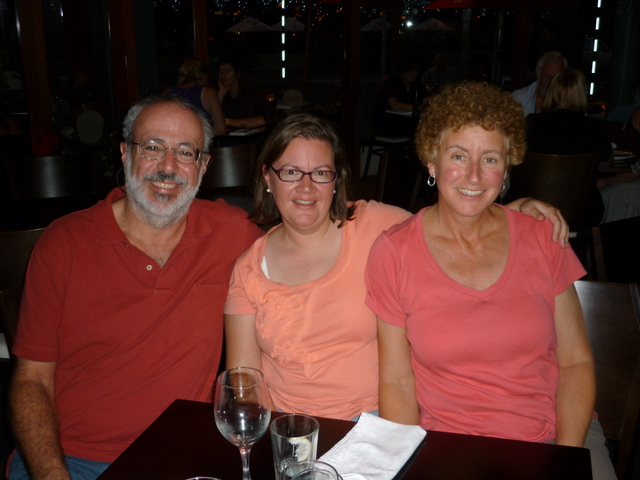

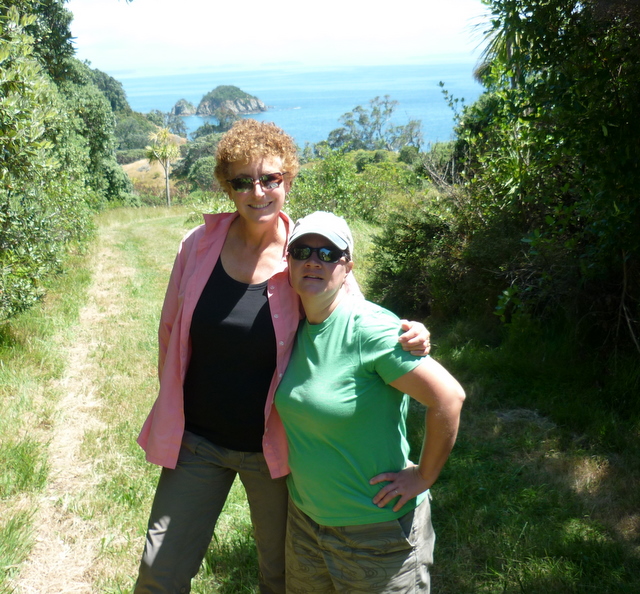

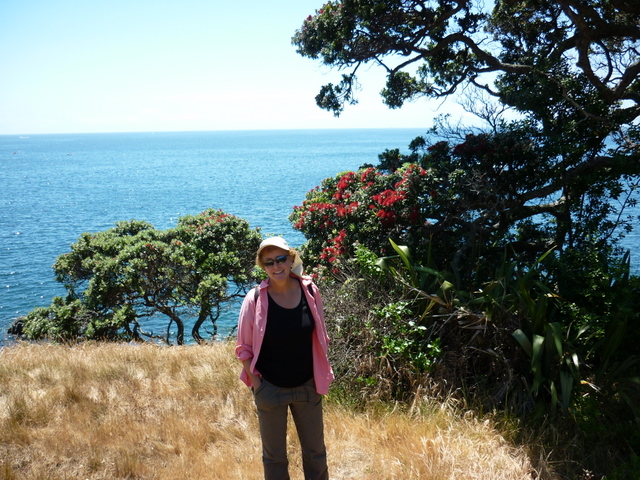
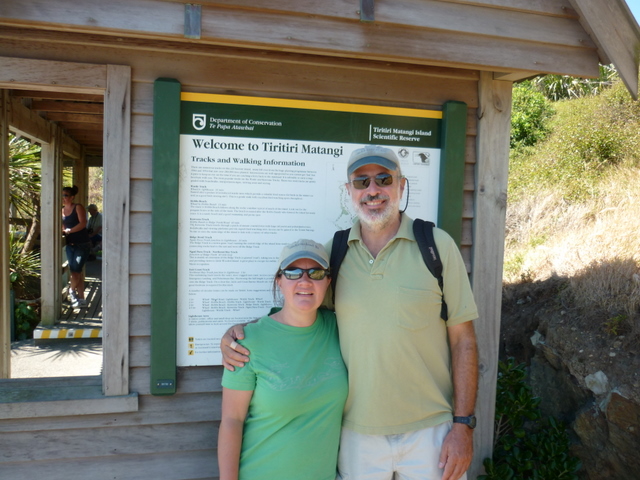
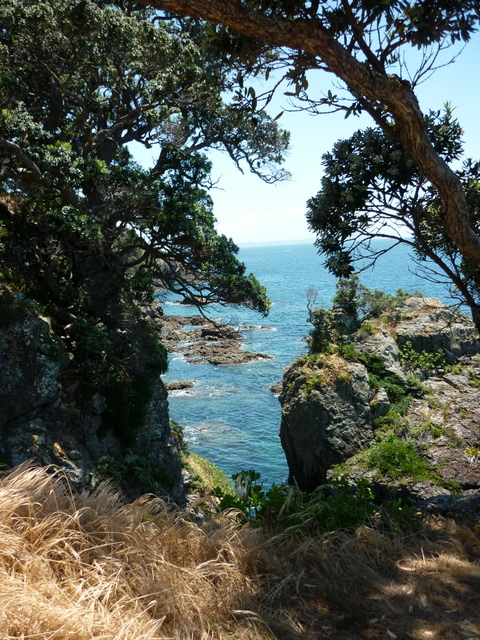

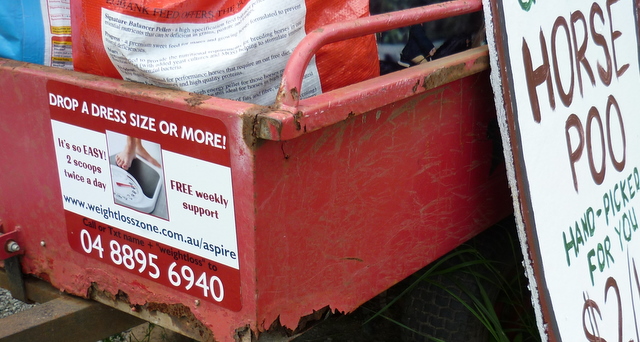

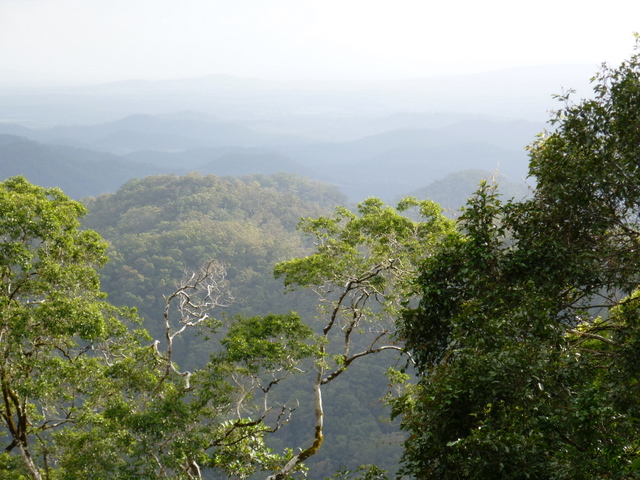
































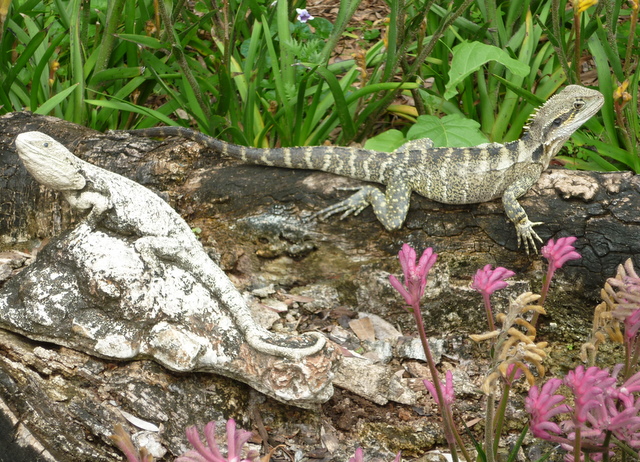
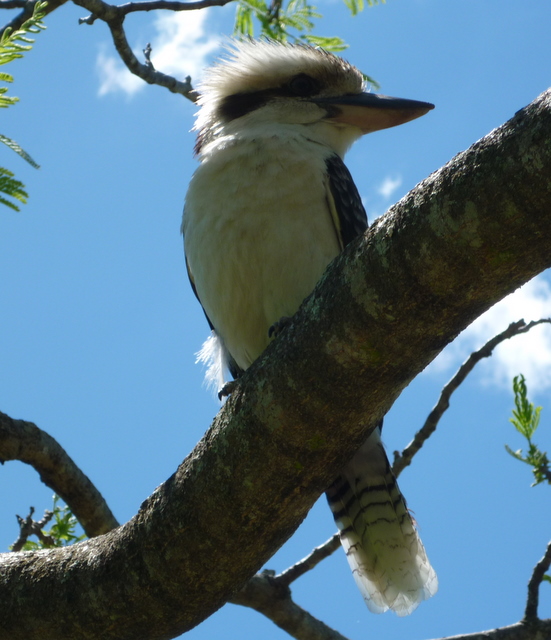
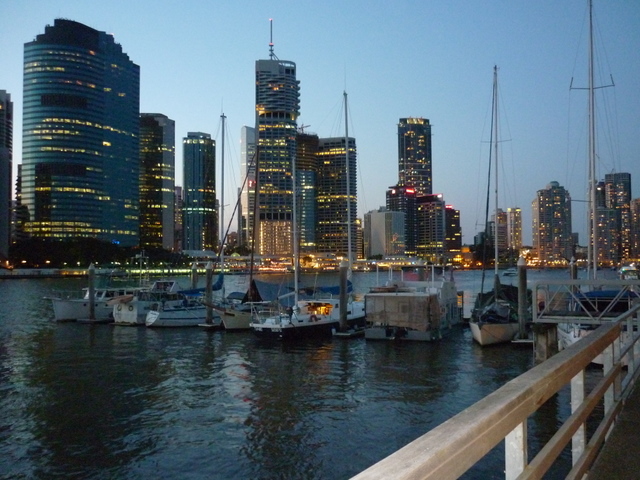












































































 Chesterfield Reef is quite a beautiful place. Although there are turtles mating and nesting on the tiny small islands of Chesterfield Reef, as on Huon Reef, the highlight here is the birds. The island across from where we are anchored has a perpetual cloud of birds over it. Going ashore makes the cloud even larger as hundreds of birds take wing and squawk at the interlopers. A thousand more of the smaller birds stay on the ground guarding their eggs or fledgings. Unlike Huon, there are “trees” on most of the small islands. They stand only 5 to 10 feet tall and are filled with gnarled branches, perfect for the nests of larger birds who fear that the crabs will eat theirs eggs or babies. Frigate birds and boobies of an unusual variety (tan heads, blue beaks, pink facial coloring, and bright red feet) nest in the trees. The attached photo is of one of the boobies.
Chesterfield Reef is quite a beautiful place. Although there are turtles mating and nesting on the tiny small islands of Chesterfield Reef, as on Huon Reef, the highlight here is the birds. The island across from where we are anchored has a perpetual cloud of birds over it. Going ashore makes the cloud even larger as hundreds of birds take wing and squawk at the interlopers. A thousand more of the smaller birds stay on the ground guarding their eggs or fledgings. Unlike Huon, there are “trees” on most of the small islands. They stand only 5 to 10 feet tall and are filled with gnarled branches, perfect for the nests of larger birds who fear that the crabs will eat theirs eggs or babies. Frigate birds and boobies of an unusual variety (tan heads, blue beaks, pink facial coloring, and bright red feet) nest in the trees. The attached photo is of one of the boobies.
 Oops. Here is the photo. — L.
Oops. Here is the photo. — L.
























